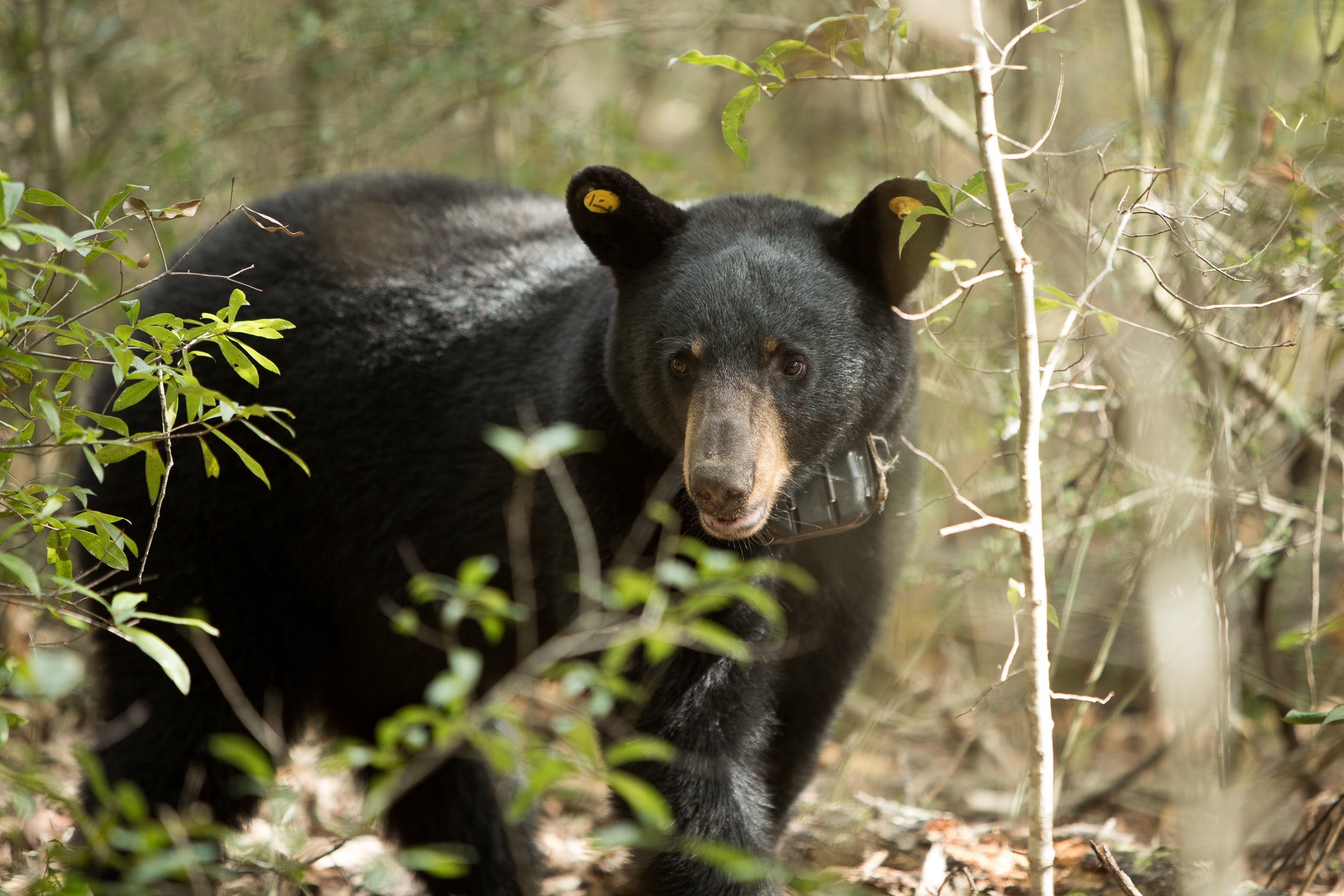The last confirmed mountain lion in Alabama was killed around 1948 in St. Clair County. Free ranging mountain lions can still occasionally enter the state, but these instances are highly unlikely.
Mountain lions range from northern Canada and Alaska to the southern tip of Chile. They are generally gray, red, or brown in color. Even though popular lore suggests they are black, there has never been a documented case of a black mountain lion in all of North America. There are only two species of large cats in the world that are known to be black. The leopard, which is found in Africa and Asia, in some cases, may be black. Another large cat that is rarely black in color is the jaguar, which lives from South America to Mexico and small sections of the southwestern United States. Other names for the mountain lion are puma, catamount, cougar and panther.
The nearest self-sustaining known wild population of mountain lions, called the Florida panther, is found in southwest Florida. They reside in the second largest uninhabited block of land east of the Mississippi River. Panther/vehicle collisions are noted in Florida on a regular basis. In Alabama, no mountain lion/vehicle collisions have been confirmed for at least 60 years and there is no self-sustaining population of mountain lions currently known in Alabama. Resident populations appear to have been extirpated from Alabama in the mid-1800s.
Reports of mountain lion sightings in Alabama are common, but these are probably cases of either mistaken identity or released captives. There have not been any confirmed reports by trail cameras, road kills, traditional photography, or hunter-harvested specimens since 1948.
On the other hand, Alabama does still have a resident population of black bears. Researchers have concluded that Alabama has two populations of black bears, one in northeast Alabama and one in southwest Alabama, and each population has a different legacy as well as likely future.
The population in northeast Alabama, with roots from the mountains of northeast Georgia, has the potential for significant expansion. Hence, the likelihood that black bear sightings will become more common in the future.
The population in southwest Alabama, which appears to be an encapsulated population, is relatively stagnant, but significantly more difficult to monitor. Estimates range that from 85 to 165 bears live in the southwest portion of the state.
Both the mountain lion and the black bear are protected in Alabama and it is against the law to harm or kill these animals. If they are spotted, take pictures as proof, record as many details as possible, and notify Alabama Department of Conservation and Natural Resources.







